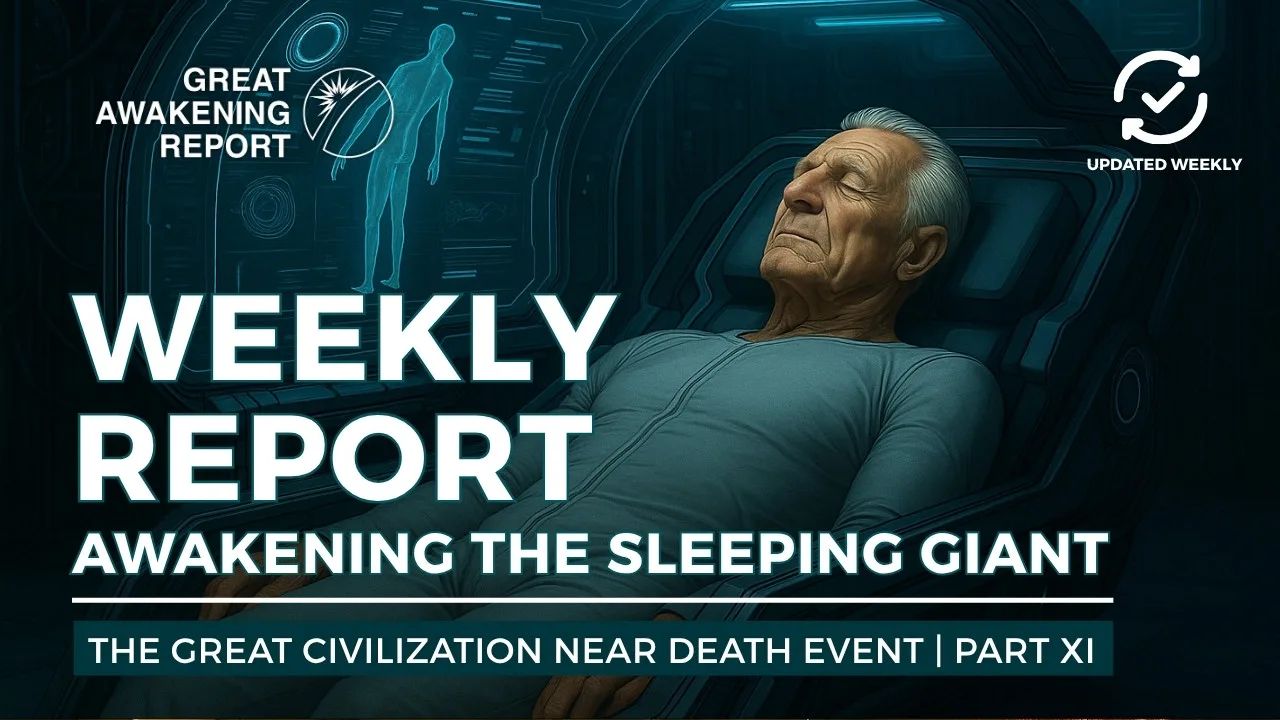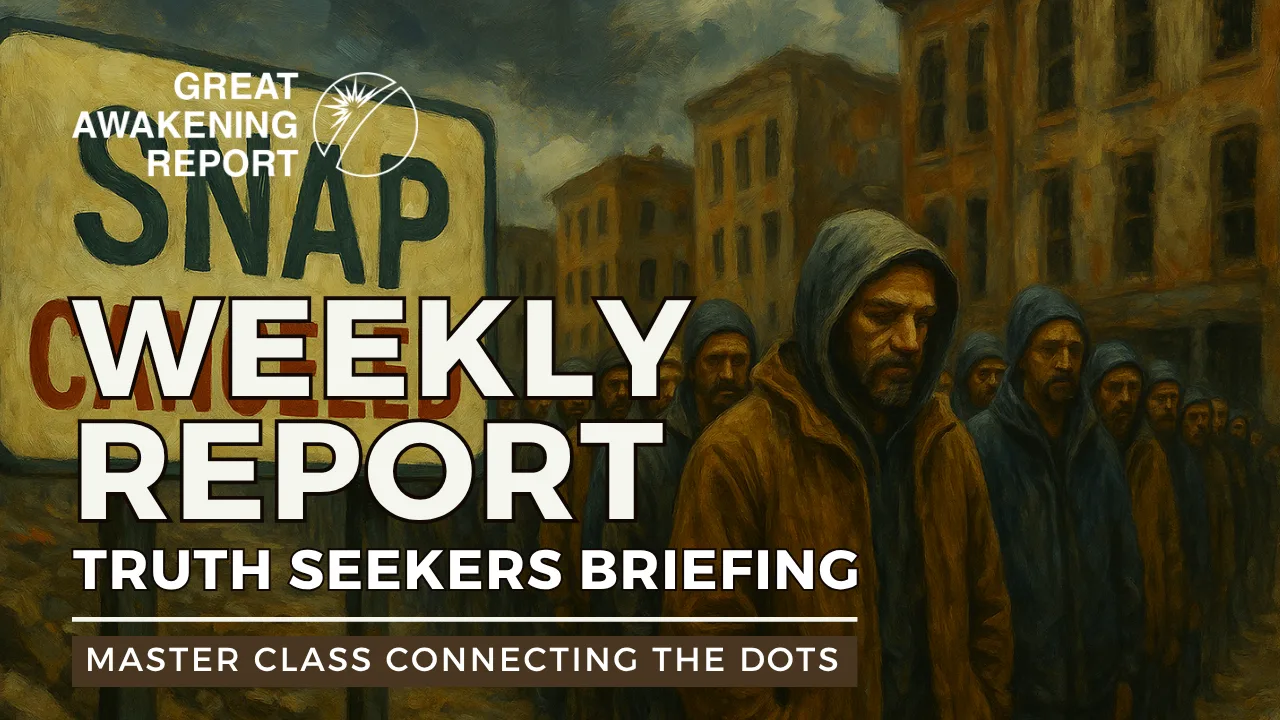The Codex was never written in ink, but etched in the hearts of those who remembered.”
Preface – Why the Rose Codex Matters Now
Across centuries, civilizations have buried the wisdom that once bound spirit and matter into a single story of wholeness. Every age hides its own truths; every empire edits the past to preserve power. Yet certain teachings resurface when the world is ready to remember. The legend of The Rose Codex—a forgotten gospel linked to Mary Magdalene and the earliest followers of the Teacher—has begun to re-emerge precisely as humanity questions how much of its history was rewritten.
The Rose Codex speaks not of dogma or creed, but of the inner technology of the heart. It is a mirror of the soul, reflecting what institutional history concealed: that love and wisdom, masculine and feminine, heaven and earth, were meant to walk side by side. As the modern world faces its own reckoning with control, division, and spiritual amnesia, the recovery of Magdalene’s story becomes more than historical—it becomes evolutionary.
I. The Forgotten Gospel
In the decades following the death of Yeshua of Nazareth, small communities scattered through Judea, Egypt, and the Mediterranean kept alive a radical message: that the divine was not distant but dwelling within. Among these early circles, one figure stood apart. Mary of Magdala—called the Magdalene—was remembered as apostola apostolorum, “the apostle to the apostles.”
Her teachings were preserved in texts that vanished for over a millennium: The Gospel of Mary, Pistis Sophia, and fragments discovered at Nag Hammadi in 1945. These writings describe a Jesus who imparts secret instruction to Mary, not as subordinate, but as confidant and interpreter of his inner doctrine. She asks questions the others fear to ask; she receives answers couched in metaphors of ascent and inner sight.
The Gospel of Mary records her saying, “Where the mind is, there is the treasure.” This was not the language of empire but of inner alchemy. Such ideas threatened emerging orthodoxy. By the 4th century, the Council of Nicaea codified belief into creeds, and the church sought uniformity over insight. The Gnostic streams—those who taught that salvation came through gnosis, direct knowing—were branded heresy.
Thus, the outer gospel of law survived; the inner gospel of love was buried.
II. Mary Magdalene – Keeper of the Inner Way
Historical evidence suggests that Mary Magdalene was more than a repentant sinner—a label added centuries later to diminish her authority. In early manuscripts she appears as a financial supporter, a healer, and a disciple who comprehended the Teacher’s parables at the deepest level.
The word Magdalene itself derives from Migdal, meaning “tower” or “watch-post.” She was the tower of faith, the witness who stood when others fled. After the crucifixion she becomes the first to behold the risen Teacher, a symbol of perseverance and direct revelation.
In the Gnostic imagination, Mary embodied Sophia Anointed in Flesh—the divine wisdom that bridges spirit and matter. Where Peter represented structure and law, Magdalene represented intuition and compassion. Together they formed the two pillars of the earliest Way. But as the church institutionalized, only one pillar remained visible. The other was hidden beneath centuries of patriarchal interpretation.
To those who continued her lineage, Mary Magdalene was the Keeper of the Inner Way—the one who carried the memory of the Teacher’s heart teachings: compassion, remembrance, and the capacity for direct communion with the divine spark within.
III. The Rose Symbol – Language of the Heart
The rose has been sacred across civilizations—from the temples of Isis in Egypt to the groves of Aphrodite in Greece. Its unfolding petals mirror the evolution of consciousness; its fragrance represents the emanation of divine love; its thorns, the necessary trials of the soul.
Among early mystics, the rose became the cipher of secrecy. The phrase sub rosa—“under the rose”—signified that what was spoken beneath its emblem must remain confidential. The initiate’s teachings of the heart were never to be written, only lived.
As Christianity absorbed and often repurposed earlier symbols, the rose quietly persisted. In medieval cathedrals, rose windows patterned after cosmic geometry refracted sunlight into sanctuaries, a stone-and-glass testament to the radiance of hidden knowledge. To the uninitiated, they were decoration; to the adepts, reminders of the Codex of Light—the structure of divine order expressed through form.
Thus, The Rose Codex was not a single manuscript but a symbolic body of wisdom: a fusion of Gnostic insight, Egyptian temple science, and early Christian mysticism. Its 13 petals, according to later esoteric traditions, mirrored the lunar cycles and the stages of the soul’s awakening.
Each “petal” represented a principle: remembrance, compassion, voice, vision, forgiveness, and ultimately mastery—the full blooming of the heart. These were not doctrines to memorize but states of being to embody.
IV. Suppression and the Veiling of the Feminine
By the time Rome declared Christianity the state religion, diversity of interpretation was no longer tolerated. The new orthodoxy demanded hierarchy. The Teacher’s message of inner sovereignty was re-translated into obedience to authority. The feminine aspects of wisdom—embodied by Mary Magdalene—became an existential threat to centralized power.
In 591 CE Pope Gregory I conflated her with the unnamed “sinful woman” of Luke’s Gospel, permanently recasting a teacher as a penitent. For nearly 1,400 years, that misidentification shaped Western imagination. Apostle became harlot; equal became subordinate.
Yet beneath the official narrative, the hidden streams persisted. Across southern France and northern Spain, stories told of Marie la Madeleine arriving by sea after the crucifixion, carrying a jar of ointment and the “secret words of the Teacher.” In the caves of Sainte-Baume and the abbeys of Provence, legends claim she instructed small circles in the Way of the Heart.
During the Middle Ages, two groups would inherit fragments of this suppressed current: the Cathars and the Templars. The Cathars—calling themselves “the pure”—taught that the true Church was of the spirit, not stone; that the divine spark resided in every soul; that love, not fear, was the path to redemption. The Templars, warrior-monks founded a century later, guarded relics and texts rumored to descend from this same wisdom stream.
When both orders were eradicated by papal decree in the 13th and 14th centuries, the Rose Codex went further underground—encoded in architecture, art, and oral tradition. But it never disappeared.
V. The Teacher and the Companion – A Partnership of Wisdom
Modern scholarship—ranging from Elaine Pagels to Jean-Yves Leloup—acknowledges that the early Christian movement was far less uniform than later tradition suggests. Within the Gnostic texts, Yeshua refers to Mary not as subordinate but as koinonos—companion, partner, or one who shares in knowledge.
This companionship was not the romantic speculation of modern fiction; it was a union of understanding. Yeshua embodied the logos—the word made flesh; Magdalene embodied sophia—the wisdom that receives. Together they modeled wholeness: masculine and feminine aspects of consciousness joined in purpose.
Their partnership expressed a truth older than any institution: that enlightenment is relational, not hierarchical. Where empire teaches separation, the Way of the Heart teaches resonance. The Teacher and the Companion demonstrated that the divine could be known through empathy, through service, through love that sees itself in the other.
When later tradition stripped the feminine from the narrative, humanity lost half its reflection. The mirror cracked, and religion became rule without relationship. The Rose Codex sought to restore that mirror—to remind the soul of its own divine face.
VI. How the Codex Was Hidden – Echoes Through Time
After the Inquisition extinguished the Cathar strongholds in Languedoc, whispers persisted that certain parchments had been spirited away through the Pyrenees or entrusted to Templar guardians. Folklore spoke of the Book of the Rose, containing “the songs of the Bride.” Whether physical or symbolic, these stories reveal how deeply the myth of the hidden manuscript entered European consciousness.
Renaissance alchemists later adopted the rose as emblem of secrecy and transformation. Rosicrucian manifestos of the 17th century proclaimed the existence of a brotherhood preserving ancient wisdom for a future age of enlightenment. In their symbology, the rose blossomed upon a cross—matter and spirit reconciled.
By the 19th century, Romantic mystics and esoteric Christians revived Magdalene’s image as the Teacher of the Heart. Artists such as Pre-Raphaelite painter Dante Gabriel Rossetti rendered her not as penitent but as priestess. In each era, fragments of the Codex reappeared, refracted through culture’s longing for what had been lost: a spirituality that honored both love and wisdom, body and soul.
VII. The Codex Reawakens – Etched in the Hearts
In the modern rediscovery of suppressed texts and feminine mysticism, the legend of The Rose Codex has resurfaced as both symbol and prophecy. The message from the referenced film captures it succinctly: “The Codex was not written in ink, but etched in the hearts of those who remembered.”
This statement redefines revelation itself. If the Codex lives within, then every act of compassion, every moment of forgiveness, every awakening of conscience becomes a verse in its ongoing script. The human heart is the parchment; experience is the ink; love is the quill.
As modern seekers examine the fractures of history, they sense that the true gospel has never been entirely lost—only misfiled within collective memory. When individuals awaken empathy or truth, they read a line from the invisible Codex. When communities act in service rather than domination, they restore another passage.
In this way, The Rose Codex becomes less a relic of antiquity and more a living transmission—a field of remembrance spanning generations. It is the same current that inspired Gnostic gatherings, illuminated cathedral windows, guided Templars through their silent vows, and calls humanity again toward balance.
VIII. The Mirror of the Soul
Every authentic tradition teaches that the outer world mirrors the inner. The Rose Codex, understood esoterically, is that mirror made luminous. It does not merely record divine wisdom—it reflects it back to the beholder. When one gazes into its symbolism, one does not read words; one reads oneself.
This mirror reveals both distortion and divinity. It shows how institutions once projected the shadow of control upon the radiant image of love, and how each generation is asked to polish the glass anew. To study the Codex is therefore to undertake self-examination: to reconcile what has been divided within—the intellect and the heart, the masculine and the feminine, the letter and the spirit.
In this reflection lies the heart of the Magdalene message: that truth cannot be monopolized. No hierarchy can own what is written on the human soul. The Rose Codex mirrors the perennial rhythm of death and resurrection, concealment and remembrance. It asks only that each witness look honestly and see: the gospel of the heart has always been our own reflection.
IX. Legacy and Relevance for Today
The rediscovery of Mary Magdalene’s true role aligns with a larger cultural movement toward transparency and balance. As institutions of faith and governance face crises of credibility, humanity searches again for authenticity—something no decree can suppress.
Archaeology continues to unearth forgotten texts; theology re-examines dogma; scholars and seekers alike question how power edited memory. Within this climate, the legend of the Rose Codex functions as both metaphor and mandate: a call to restore the heart to human systems.
To recover the Codex historically is to uncover the record of suppression; to recover it spiritually is to awaken empathy as the measure of knowledge. When information floods the world but wisdom feels scarce, the Rose Codex reminds us that comprehension without compassion is empty parchment.
X. Closing Reflection – The Living Gospel
Perhaps the greatest revelation is not what was lost, but what was never truly gone. The Rose Codex endures wherever a human heart chooses truth over fear, compassion over control, remembrance over forgetfulness.
Mary Magdalene’s legacy, once obscured by centuries of distortion, stands again in light—as teacher, witness, and guardian of a wisdom older than creed. Her story is humanity’s story: the long exile from its own heart and the homecoming that follows.
In the end, the Codex needs no translation. Its letters are written in courage, its punctuation in breath, its grammar in the rhythm of compassion. Every life lived in love becomes a new chapter.
The Rose blooms still.
The message of The Rose Codex extends beyond scholarship or faith—it touches the living field of consciousness itself. What the Teacher and Magdalene sought to awaken was not belief, but being: the capacity to feel truth rather than merely think it.
Each heart that turns inward with sincerity becomes a page in the living gospel. Every act of kindness, forgiveness, and integrity writes a new verse into the Codex. It does not demand conversion; it invites remembrance.
To remember is to realign with what has always been written in the soul—the knowledge that love is the organizing principle of creation. This remembrance is not passive. It asks us to live with clarity, to speak truth without fear, and to restore compassion where history has sown division.
In this way, The Rose Codex becomes not an artifact of the past but a call to action for the present. It invites us to read not with the eyes but with the heart—to recognize that the real revelation was never hidden in stone or scripture, but waiting in the mirror of our own humanity.
Share This Report
Have questions?
At Great Awakening Report, we are dedicated to supporting your journey toward truth and enlightenment through our specialized Coaching and Consulting services.
Coaching Services: Our coaching programs are designed to guide you through personal awakening and transformation. We offer personalized sessions that focus on expanding consciousness, uncovering hidden truths, and fostering spiritual growth. Our experienced coaches provide the tools and insights necessary to navigate your path with clarity and confidence.
Consulting Services: For organizations and individuals seeking deeper understanding and strategic guidance, our consulting services offer expert analysis and solutions. We delve into areas such as global transitions, alternative news insights, and consciousness studies to provide comprehensive strategies tailored to your unique objectives.
Embark on a transformative journey with our Coaching and Consulting services, and unlock your highest potential. To learn more and schedule a session, visit our Coaching and Consulting pages.
Thank you
Thank you to our subscribers and readers for your continued support and dedication to truth and awakening. Your encouragement, engagement, and belief in our mission make everything we do possible. Together, we are expanding awareness and helping illuminate the path forward.
If you would like to further support the Great Awakening team and our ongoing efforts to share insight, knowledge, and truth, you can DONATE HERE.
With deep gratitude,
– Great Awakening Team
DISCLAIMER: All statements, claims, views and opinions that appear anywhere on this site, whether stated as theories or absolute facts, are always presented by The Great Awakening Report (GAR) as unverified—and should be personally fact checked and discerned by you, the reader.Any opinions or statements herein presented are not necessarily promoted, endorsed, or agreed to by GAR, those who work with GAR, or those who read or subscribe to GAR.Any belief or conclusion gleaned from content on this site is solely the responsibility of you the reader to substantiate.Any actions taken by those who read material on this site are solely the responsibility of the acting party.You are encouraged to think for yourself and do your own research.Nothing on this site is meant to be believed without question or personal appraisal.
COPYRIGHT DISCLAIMER: Citation of articles and authors in this report does not imply ownership. Works and images presented here fall under Fair Use Section 107 and are used for commentary on globally significant newsworthy events. Under Section 107 of the Copyright Act 1976, allowance is made for fair use for purposes such as criticism, comment, news reporting, teaching, scholarship, and research.
COMMUNITY GUIDELINES DISCLAIMER: The points of view and purpose of this video is not to bully or harass anybody, but rather share that opinion and thoughts with other like-minded individuals curious about the subject.










